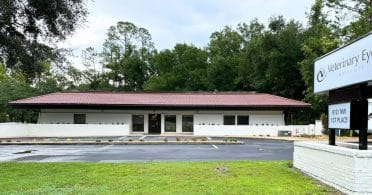New Clients
We strive to provide you and your pet a welcoming and personalized experience in a warm and friendly environment.
Referring Veterinarians
We serve as an extension of your care team. When referring, know the comfort and wellbeing of our shared patients is always our priority.
Cataract Surgery
We are experts in diagnosing and treating pet cataracts medically and surgically. Contact us today to schedule an appointment.
The VEI Difference
A Compassionate and Caring Team
Your pet is an important part of your family, and you can count on all our caregivers to treat your pet like their own.
The VEI Difference
Leaders in Ophthalmology Care
Your pet is in the very best hands. Our board-certified specialists have extensive post-graduate training and regularly participate in ongoing education so they can deliver the latest techniques and treatments.
The VEI Difference
Veterinarian Owned and Led
Every decision is based on providing the best care for your pet because we’re owned and led by veterinarians who are deeply committed to your pet’s health and happiness.
The VEI Difference
Partners in Care
We work with you and your family veterinarian to establish the best, individualized treatment plan to give your pet the best chance at a long and fulfilling life.
Our Mission In Action
View All New Releases

